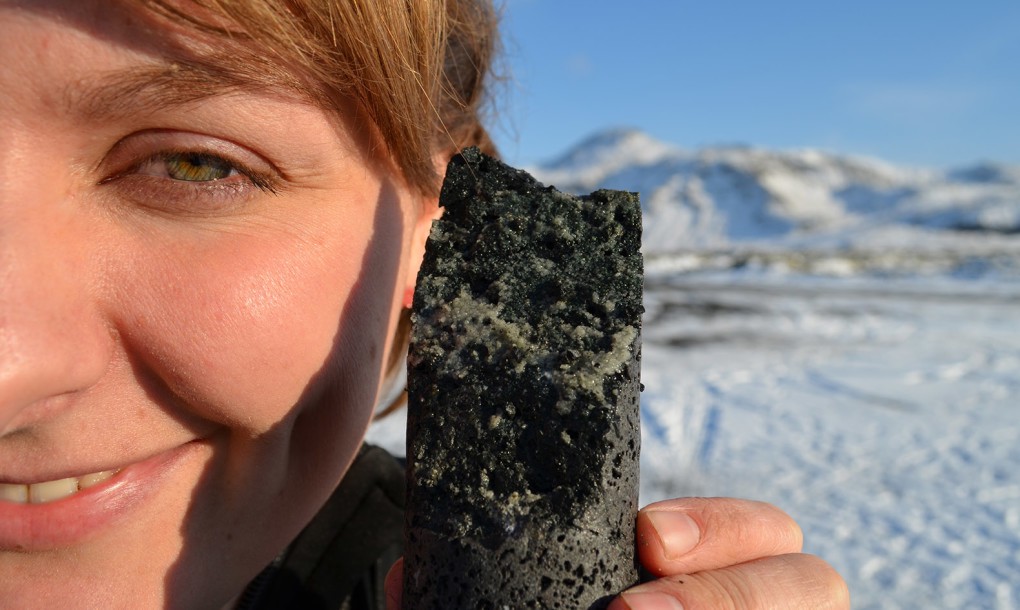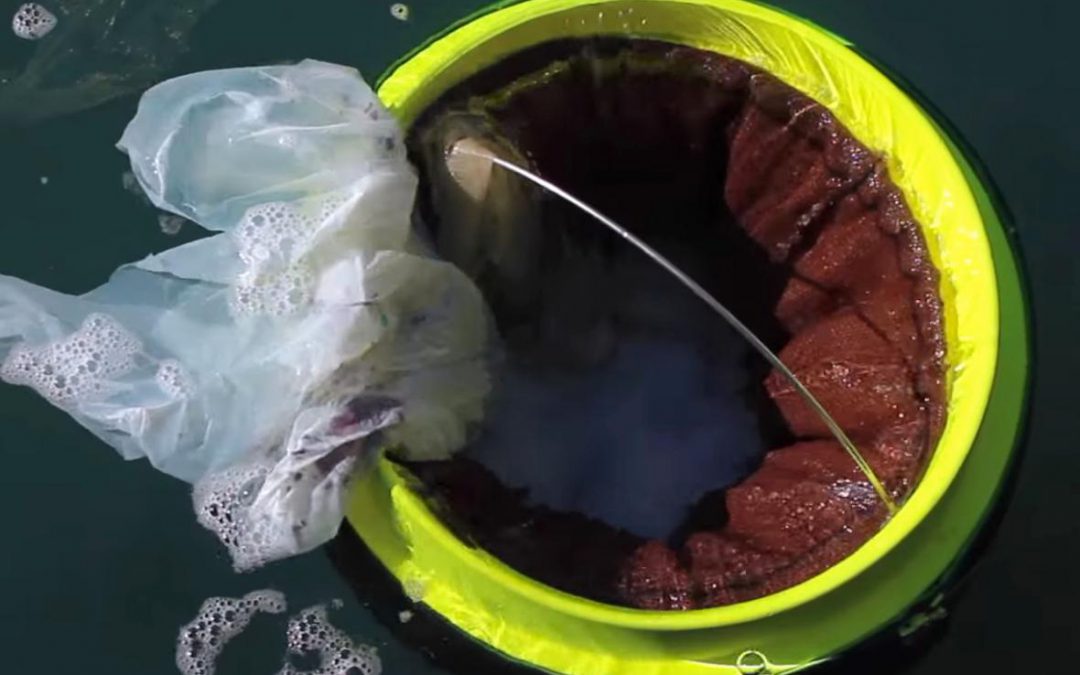
by GaiaInnovations | Jun 22, 2016
In a world first, a team of engineers and scientists at Iceland’s Hellisheidi power plant have been able to capture carbon emissions and turn them into stone for storage. This new process, described in this week’s issue of the journal Science, involves mixing carbon dioxide and hydrogen sulfide released by the plant with water, and injecting the mixture into underground layers of basalt. Within months, the mixture is converted into rock-hard carbonate, safely storing the carbon and preventing it from entering the atmosphere.
Read more at Inhabitat

by GaiaInnovations | Jun 20, 2016
The Seabin is an automated rubbish bin that catches floating rubbish, oil, fuel and detergents. It designed for floating docks in the water of marinas, private pontoons, inland waterways, residential lakes, harbours, water ways, ports and yacht clubs.
Can even be fitted to super yachts and motor yachts!
What are the goals for the Seabin Project?
To help rid the oceans of plastics and pollution.
To have a Seabin production in place by mid to end of 2016 and start shipping.
To create Seabins from the most sustainable materials and processes available.
To have the lowest carbon footprint possible in the production of the Seabins by means of alternative materials and processes. Also by reducing shipping and having the Seabins manufactured in the countries of installation.
To create and support local economies with the production, maintenance and installation of the Seabins world wide.
To have future models of Seabins for specific locations.
To educate people and cultures about being more responsible with the use and disposal of plastics.
To setup educational programs for students in schools.
To convert our captured plastics into energy.
To reuse or recycle our Seabins for other uses and or applications.
To have pollution free oceans with no need for the Seabins.

